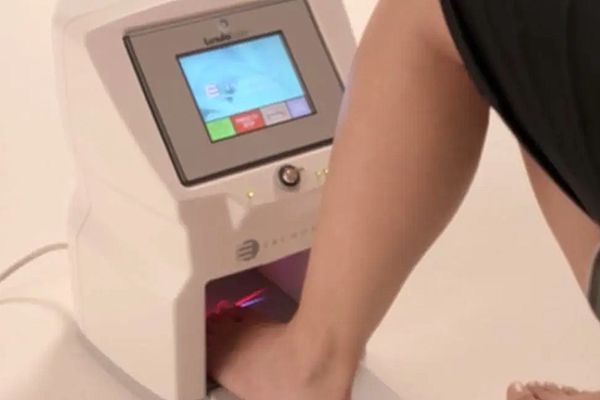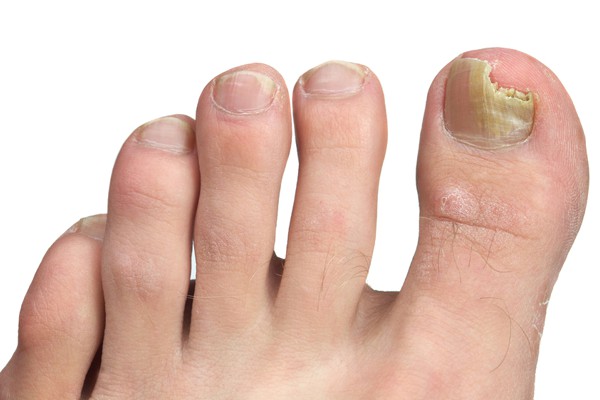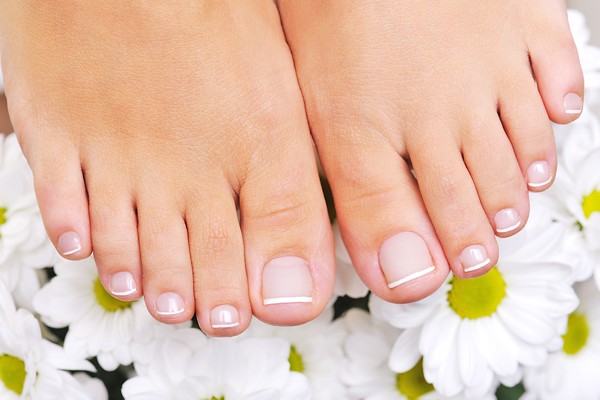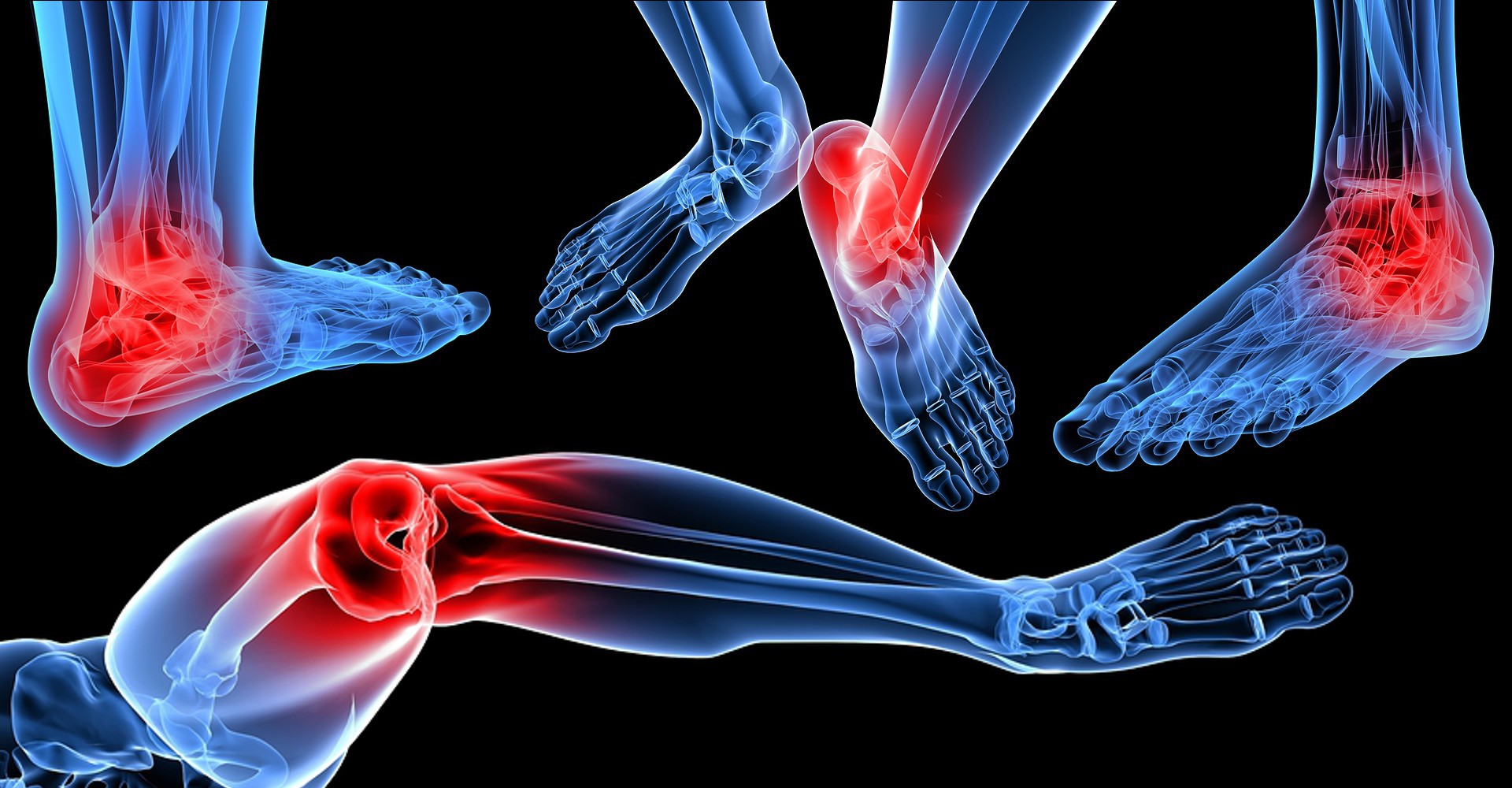The Foot Institute – Alberta
An Independent Associated Practice of Podiatric Physicians & Surgeons
TOLL FREE: 1-877-444-3668
New COLD Laser Fungal Toenail Treatment Alberta
STATE-OF-THE-ART NEW COLD LASER TREATMENT for ugly toenails

- The Lunula COLD Laser is a new painless and fast treatment with no down time and no risk
- It helps turn your discolored, brittle, thickened and disfigured nails into clearer, healthier looking nails to save you the embarrassment of unsightly feet
- Health Canada/ FDA approved
- Approximately 90% affective after 6 months (time required for new nail outgrowth)
- Fast treatment time of 12 minutes per session, with most patients requiring 4-5 treatments
- Recommended best alternative to surgery, hot lasers, or prescription medication
- The Foot Institute is one of the few Podiatrists in Alberta to acquire this innovative technology
Do your toenails appear yellow, brittle, or ugly?

Then perhaps you suffer from a toenail infection (onychomycosis), a condition that will continue to worsen over time and spread if the infection is not treated. Toenail infections can be caused by heavy foot perspiration, poor shoe/sock ventilation or walking barefoot in damp areas such as a gym or locker room. Until recently, the solutions for unsightly toenail infections were to surgically remove the nail and apply topical treatments or apply medications with potentially negative side effects.
Then came hot lasers which although effective, killed the virus by "heating" the affected area. This heating caused excessive pain and discomfort for the patient and as the hot laser increased the temperature of the foot, it would vaporize, coagulate, and cut tissue creating unwanted plumes of vapors, smoke, and particulate debris. None of these solutions were ideal.
New COLD Laser technology has recently given doctors a valuable tool to fight this embarrassing condition. The Lunula Laser® is a revolutionary low-level laser therapy that effectively treats people suffering from onychomycosis or toenail fungus. Safe and effective, Lunula Laser is the first and only non-thermal (i.e. COLD) laser to receive FDA / Health Canada approval to treat toenail fungus and allow for new clear nail growth. Lunula Laser poses none of the risks and harmful side effects of oral anti-fungal medications and is painless, unlike traditional (i.e., hot) laser therapies. Patients typically require 4-5 twelve minute sessions and will see their new nail out-growth in approximately 6 months.
Toenails often serve as barometers of our health; they are diagnostic tools providing the initial signal of the presence or onset of systemic diseases. For example, the pitting of nails and increased nail thickness can be manifestations of psoriasis. Concavity-nails that are rounded inward instead of outward-can foretell iron deficiency anemia. Some nail problems can be conservatively treated with topical or oral medications while others require partial or total removal of the nail. Any discoloration or infection on or about the nail should be evaluated by a Podiatrist.
Fungal infection of the nail, or onychomycosis, is often ignored because the infection can be present for years without causing any pain. The disease is characterized by a progressive change in a toenail's quality and color, which is often ugly and embarrassing.

The condition is an infection underneath the surface of the nail caused by fungi. When the tiny organisms take hold, the nail often becomes darker in color and foul smelling. Debris may collect beneath the nail plate, white marks frequently appear on the nail plate and the infection can spread to other toenails, the skin, or even the fingernails. If ignored, the infection can spread and impair one's ability to work or even walk. This happens because the resulting thicker nails are difficult to trim and make walking painful when wearing shoes. Onychomycosis can also be accompanied by a secondary bacterial or yeast infection in or about the nail plate.
Because it is difficult to avoid contact with microscopic organisms like fungi, the toenails are especially vulnerable around damp areas where people are likely to be walking barefoot, such as swimming pools, locker rooms, and showers, for example. Injury to the nail bed may make it more susceptible to all types of infection, including fungal infection. Those who suffer from chronic diseases such as diabetes, circulatory problems, or immune-deficiency conditions, are especially prone to fungal nails. Other contributing factors may be a history of athlete's foot and excessive perspiration.
Causes of fungal nails
- The spread of athlete's foot to the nails
- Shoes and socks create a warm, dark, and humid environment, which encourages fungal growth
- Systemic disease
- Trauma
- Heredity
What can you do?
- Practice good foot hygiene, including daily washing of the feet with soap and water; drying feet carefully, especially between the toes; changing shoes regularly
- Keep shoes and socks dry and wear breathable shoes as a preventative measure
- Wear socks made of fibers that "wick" away moisture faster than cotton socks
- Avoid wearing excessively tight hosiery, which promotes moisture
- Shower shoes should be worn, when possible, in public areas
- Disinfect home pedicure tools and instruments used to cut nails
- Do not apply polish to nails suspected of infection-those that are red, discolored or swollen
- Use a UV Sani-shoe sanitizer in all shoes to prevent the spread
What can our Podiatrist's do for you?
- Perform a physical examination
- Culture the infected nail
- Prescribe appropriate anti-fungals
- Perform debridement or removal of the nail as indicated
- Perform COLD laser treatment to kill the fungus and restore proper foot health


